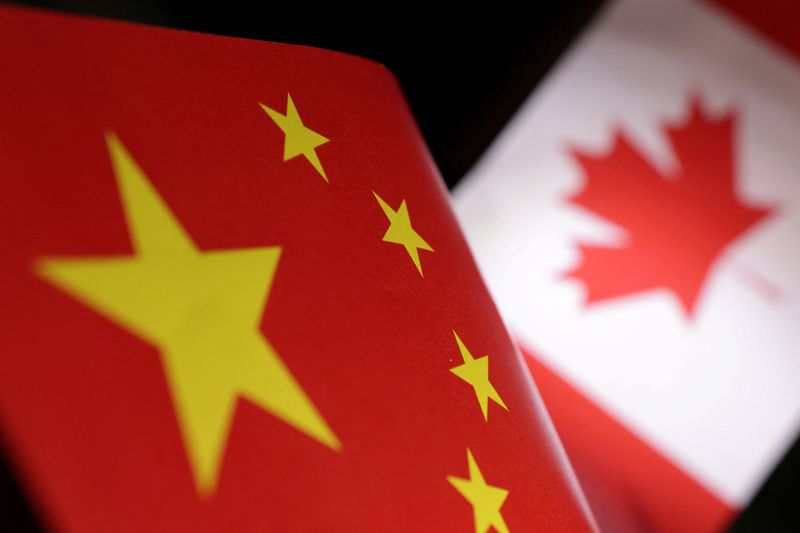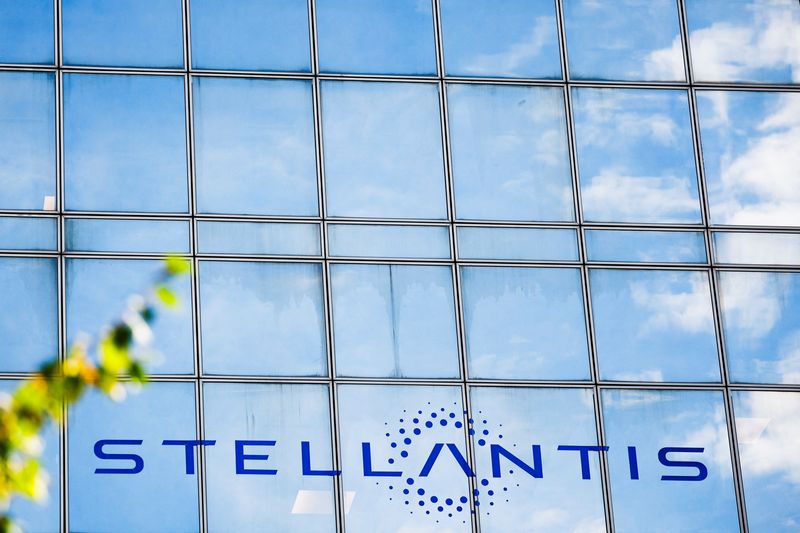Every investment comes with risks, which also dictate the returns that investors can expect on it. Usually, investors expect to earn returns that exceed the income they will get for zero-risk investments. For that purpose, they can use the risk-free rate. This rate also adjusts for any inflation changes in the economy.
Sometimes, however, investors may want to calculate their rate of return without accounting for inflation. For that purpose, they can use the real risk-free rate. Before looking at the real risk-free rate, it is crucial to understand what the risk-free rate is.
What is the Risk-Free Rate?
The risk-free rate is a theoretical rate of return on an investment that does not carry any risk. However, every investment includes some form of risk. Therefore, the risk-free rate usually represents the rate of return on treasury bonds or other government securities. While these carry some risk, these risks are negligible and qualify them for usage at risk-free rates.
The risk-free rate is not achievable in practical conditions. However, these allow investors to analyze the returns they get on their investments. The risk-free rate is also predictable, making it a great tool for investors. The risk-free rate is beneficial in several models and calculations. For example, investors can use it to calculate the risk premium on their investments. The risk premium, in turn, is a part of the Capital Asset Pricing Model, Sharpe Ratio, and Treynor ratio.
What is the Real Risk-Free Rate?
The real risk-free rate is a risk-free rate that removes inflation from the risk-free rate. While the risk-free rate does not include any risks, the risk of inflation is inherent to it. By excluding inflation from this rate, investors can better analyze their returns on investments. As with the risk-free rate, the real risk-free rate is not achievable and is a theoretical concept.
In essence, the real risk-free rate is the rate of return that investors can expect on a zero-risk financial instrument without inflation. Although it is a theoretical rate, investors can calculate the real risk-free rate using the risk-free rate and vice versa. The relationship between the nominal and real rate depends on the inflation rates.
How to calculate the Real Risk-Free Rate?
Investors can calculate the real risk-free rate by subtracting the expected inflation rate from the nominal risk-free rate. The real risk-free rate formula is as below.
Real Risk-Free Rate = Risk-Free Rate – Expected Inflation
For example, the U.S. 10 Year Treasury Note was 1.640% on May 18, 2021. As mentioned, while this note isn’t wholly risk-free, it is still substitutable for the risk-free rate. Similarly, the expected inflation during April 2021 was 4.2%. Therefore, the real risk-free rate for the period will be as follows.
Real Risk-Free Rate = 1.64% – 4.2%
Real Risk-Free Rate = -2.56%
In the above example, although the risk-free rate is positive, the real risk-free rate is negative. It is because the inflation rate exceeds the risk-free rate. Furthermore, this difference suggests that the investors will lose money on risk-free investments.
Conclusion
The risk-free rate represents a rate at which investors can expect to earn income on risk-free investments. However, this rate is theoretical and impractical. Investors can, nonetheless, use the rate on Treasury notes to substitute for this rate. The real risk-free rate represents the rate of return on zero-risk investments without inflation.
Further questions
What's your question? Ask it in the discussion forum
Have an answer to the questions below? Post it here or in the forum




